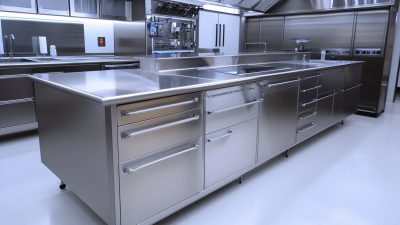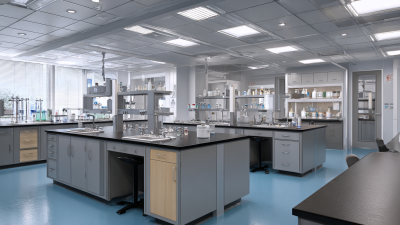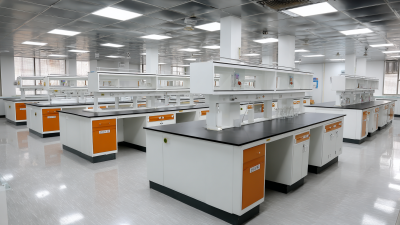In the realm of scientific research and education, the importance of selecting the right Science Laboratory Furniture cannot be overstated. According to a report by Research and Markets, the global laboratory furniture market is projected to reach $3.69 billion by 2026, indicating a growing recognition of how critical laboratory furniture is to operational efficiency and safety. Quality laboratory furniture not only enhances the functionality of the workspace but also plays a pivotal role in ensuring compliance with safety regulations and ergonomic standards. Properly designed laboratory furniture can reduce the risk of accidents and improve the overall productivity of researchers and students alike. As institutions and laboratories strive to create innovative environments conducive to scientific breakthroughs, investing in high-quality Science Laboratory Furniture has become a paramount consideration for maximizing both performance and safety.
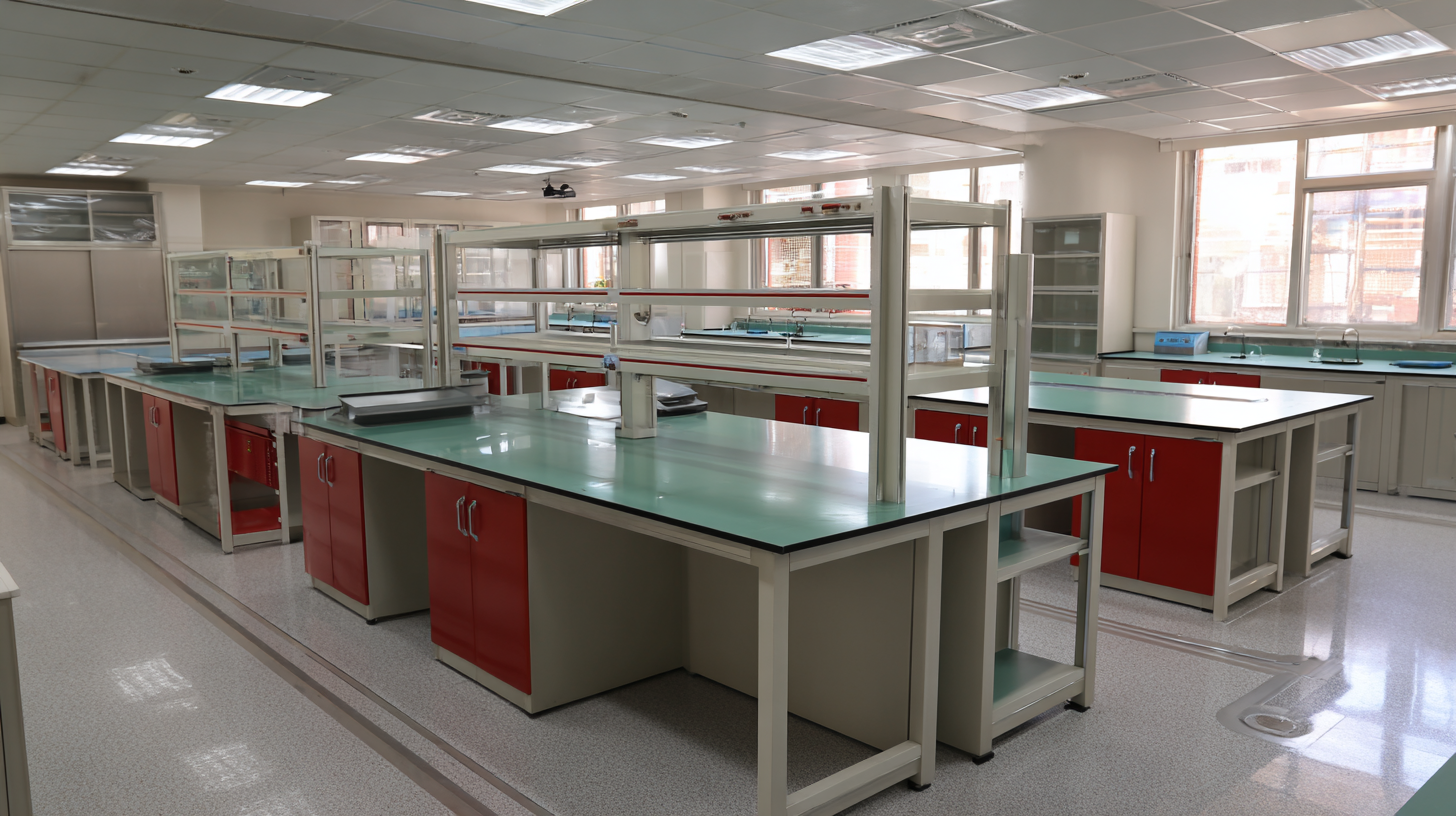
When selecting science laboratory furniture, ergonomics plays a pivotal role in promoting both efficiency and safety in the workspace. Ergonomically designed furniture ensures that laboratory personnel can work comfortably for extended periods, minimizing the risk of strain and injury. Features such as adjustable-height workstations and chairs with lumbar support allow users to maintain proper posture, reducing fatigue and enhancing productivity.
Moreover, ergonomic furniture can significantly impact the overall workflow in a laboratory. By facilitating easy access to tools and materials, well-designed furniture can streamline processes and improve accuracy in experiments. For instance, lab benches that accommodate different tasks can enhance collaboration among team members, fostering a more dynamic and innovative environment. By prioritizing ergonomics in furniture selection, laboratories not only protect their staff but also optimize their research capabilities.
Selecting the right materials for laboratory furniture is crucial for ensuring safety, durability, and functionality in any scientific setting. Industry standards play a significant role in guiding the selection of materials that can withstand the unique challenges presented in laboratories, such as exposure to chemicals, heat, and other hazardous conditions. For instance, materials like epoxy resin and phenolic resin are often recommended due to their resistance to corrosive substances, making them ideal for work surfaces. Understanding these standards helps laboratory managers choose furniture that not only meets regulatory requirements but also supports optimal work conditions for researchers.
Moreover, the compliance with industry standards is essential for maintaining a safe working environment. Furniture that complies with standards set by organizations such as ASTM International and the American National Standards Institute (ANSI) ensures that it has been rigorously tested for stability, strength, and safety features. This compliance is crucial for preventing accidents that can arise from inferior materials or poorly designed furniture. By prioritizing the right materials and adhering to established standards, labs can enhance both operational efficiency and the well-being of their personnel, fostering a culture of safety and innovation in scientific research.
The layout of a science laboratory is pivotal in enhancing workflow efficiency and ensuring safety. According to a report from the American Association for Laboratory Animal Science (AALAS), a well-designed lab can increase productivity by up to 30% by minimizing unnecessary movements and consolidating frequently used equipment and supplies. Effective space utilization allows scientists to focus on their research rather than navigating a cluttered environment, ultimately leading to faster and more accurate results.
Moreover, safety is intrinsically linked to laboratory layout. The National Institute for Occupational Safety and Health (NIOSH) emphasizes that a thoughtful arrangement of workstations, equipment, and safety features can significantly reduce the risk of accidents. For instance, clear pathways and easy access to emergency equipment can decrease response times during hazardous situations. In fact, laboratories with intentional design strategies reported a 25% decrease in workplace incidents, showcasing that the right furniture and layout not only enhance functionality but also foster a safer working atmosphere.
Selecting the right science laboratory furniture is crucial, as it directly impacts the efficiency and safety of laboratory operations. When considering laboratory furniture, budget constraints often come to the forefront. According to the research conducted by the Laboratory Equipment Manufacturers Association (LEMA), laboratories contribute significantly to operational costs, with furniture accounting for up to 20% of a lab's initial expenditure. Balancing cost and quality is essential to ensure that investments yield long-term benefits without compromising safety or functionality.
While it may be tempting to opt for the cheapest options available, low-cost furniture can lead to greater expenses in the long run. The American Chemical Society (ACS) reports that improperly designed lab furniture can result in increased maintenance costs and even liabilities due to safety hazards. Investing in higher-quality, ergonomic, and durable furniture can enhance productivity and safety standards in the lab environment. It is crucial to focus on quality indicators such as material resilience, ease of maintenance, and adaptability to specific laboratory tasks, ensuring that budget allocations align with both immediate needs and long-term operational goals.
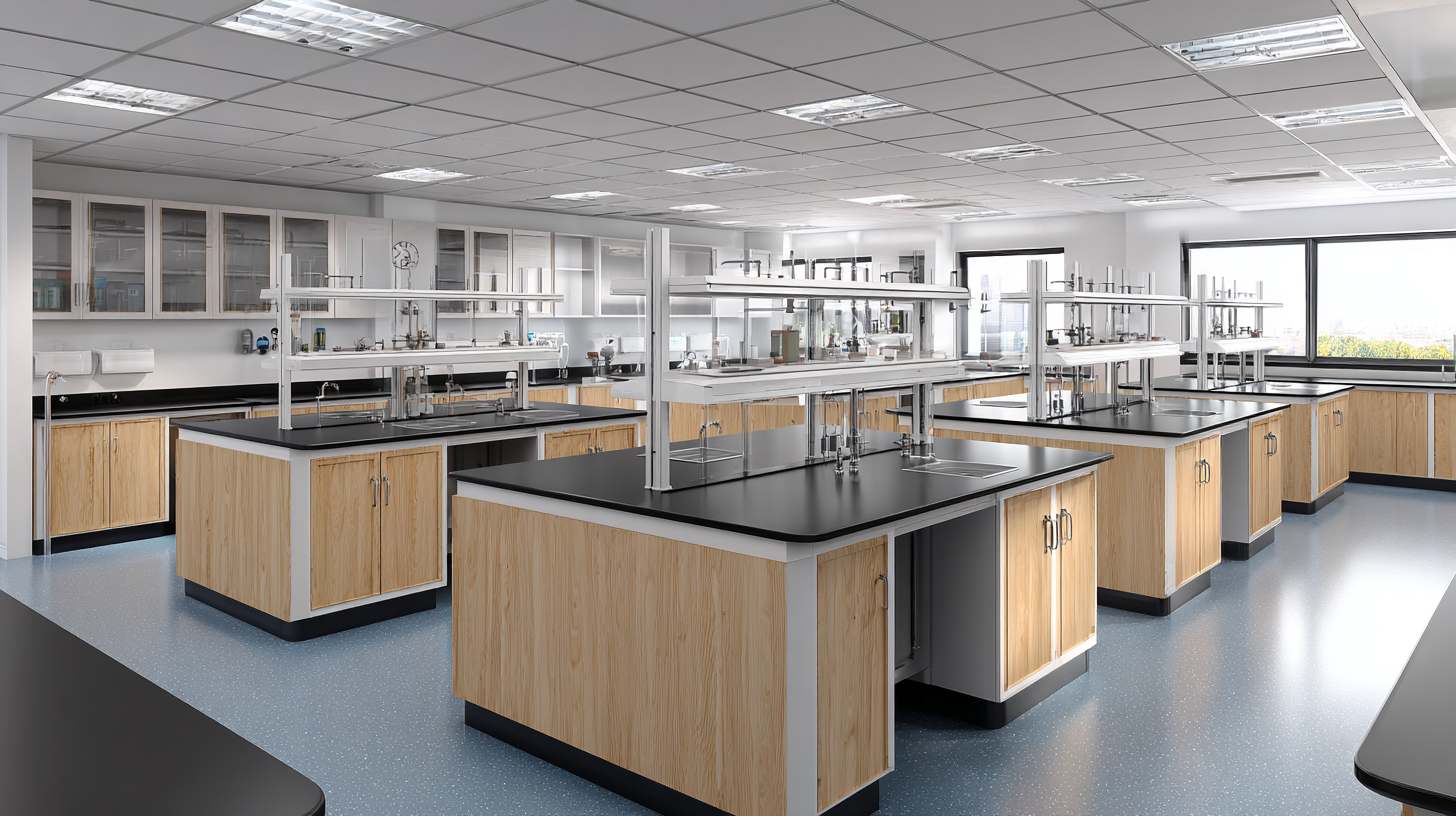
Sustainability in laboratory furniture is an increasingly important consideration for modern scientific facilities. Eco-friendly choices not only contribute to environmental conservation but also improve the overall working conditions for laboratory personnel. By selecting furniture made from sustainable materials, such as recycled metals and sustainably sourced wood, laboratories can significantly reduce their carbon footprint while promoting a healthier indoor environment.
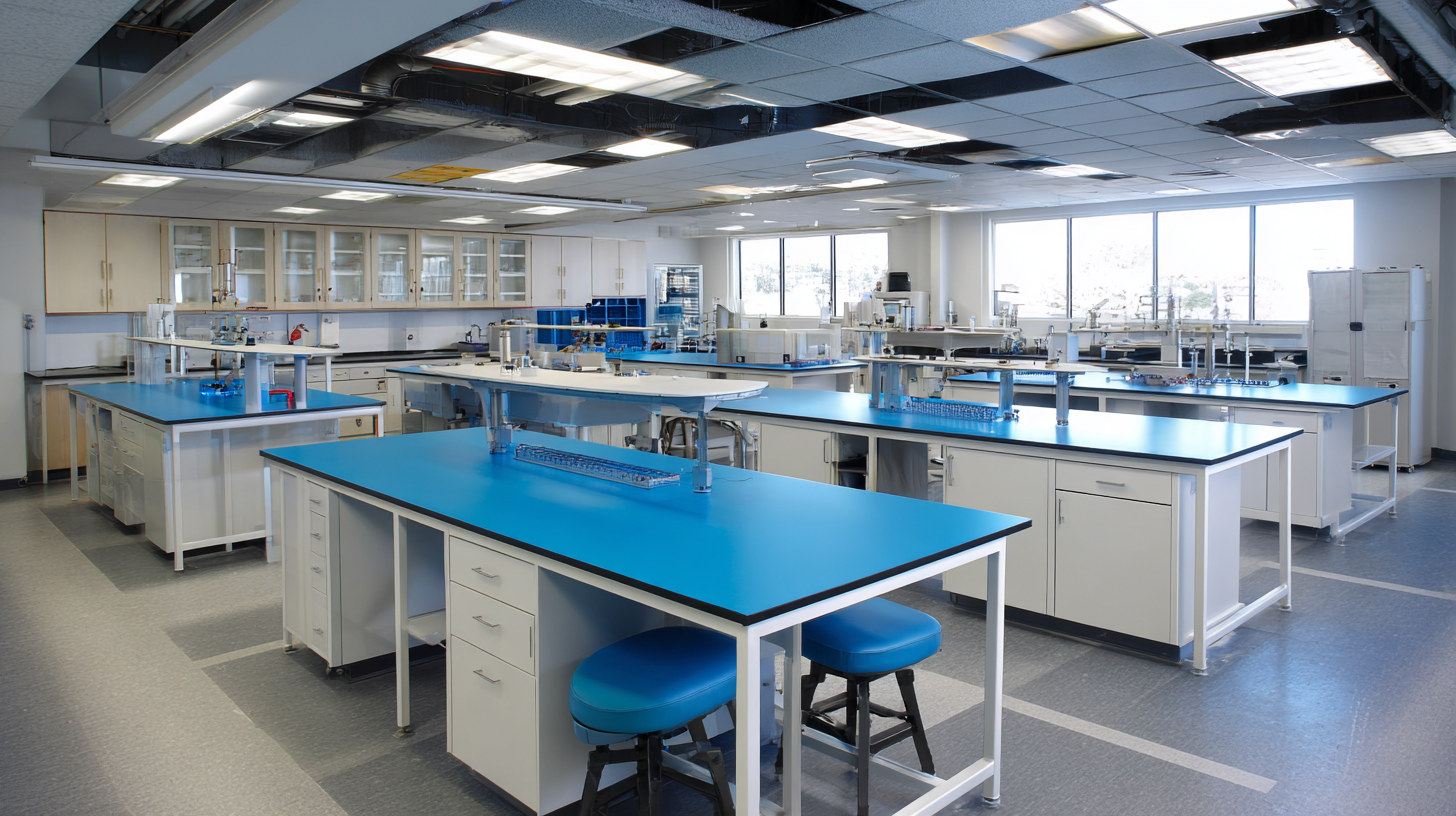
Moreover, the benefits of eco-friendly laboratory furniture extend beyond just sustainability. Many of these products are designed with ergonomics in mind, offering enhanced comfort and support for users during long hours of research and experimentation. Additionally, eco-friendly materials often have superior durability and require less maintenance, leading to cost savings over time. Investing in sustainable laboratory furniture ultimately aligns with a forward-thinking approach, fostering innovation while prioritizing the well-being of both people and the planet.
